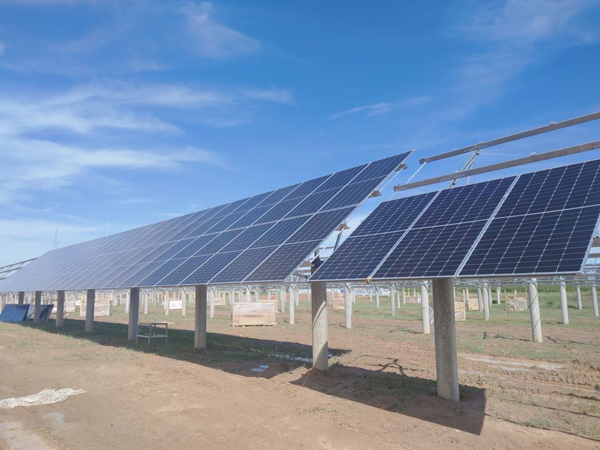With the increasing focus on renewable energy, solar energy has become an important energy option. In order to maximize the efficiency of solar energy utilization, the mounting system of solar panels is crucial. The roof mounting system not only determines the performance of the panel, but also affects its long-term stability and maintenance.
Types of Solar Panel Roof Mounting Systems
1. Fixed Mounting System
The fixed mounting system is the most common way to mount solar panels. This system fixes the panel to the roof through a bracket, which is usually made of aluminum alloy or stainless steel. The bracket can be divided into two types: tilt bracket and horizontal bracket. The tilt bracket can adjust the tilt angle of the panel according to the angle of the sun, thereby improving the energy collection efficiency. The horizontal bracket is suitable for situations where the roof has a small tilt angle.
2. Adjustable Mounting System
The adjustable mounting system allows the angle of the panel to be adjusted according to seasonal changes or the angle of the sun. This system can maximize the efficiency of solar energy collection and is suitable for applications where precise panel angle control is required. Although the installation cost and maintenance cost of this system are relatively high, its long-term energy benefits usually cover the initial investment.
3. Magnetic Mounting System
The magnetic mounting system is an emerging mounting method that uses strong magnets to attach solar panels to the roof. The advantage of this system is that it is very easy to install and remove, and is suitable for scenarios where panels need to be moved frequently. However, this system has high requirements for the magnetism of roof materials and panels, so the application scenarios are relatively limited.
4. Built-in mounting system
The built-in mounting system combines solar panels with roof materials. This system is usually designed and installed when a new house is built. Its main advantage is a neater appearance, while reducing the wind resistance of the panels and improving the overall aesthetics of the roof. However, the initial cost of this system is high, and special technical support may be required for maintenance.
Factors to consider when choosing a mounting system
1. Roof structure and materials
The structure and materials of the roof have an important impact on the choice of mounting system. For example, flat roofs and pitched roofs require different types of bracket systems, and different roof materials (such as tiles, metal, concrete, etc.) will also affect the way the brackets are fixed.
2. Climate conditions
Climate conditions are a key factor to consider when choosing a mounting system. For example, in areas with strong winds, it is particularly important to choose a mounting system with strong wind resistance. In areas with heavy rain or snow, it is necessary to ensure that the mounting system has good drainage and corrosion resistance.
3. Energy Requirements
Choose the appropriate mounting system and panel layout based on the energy requirements of your home or commercial facility. High energy requirements may require more panels and a more complex mounting system to ensure maximum energy utilization.

